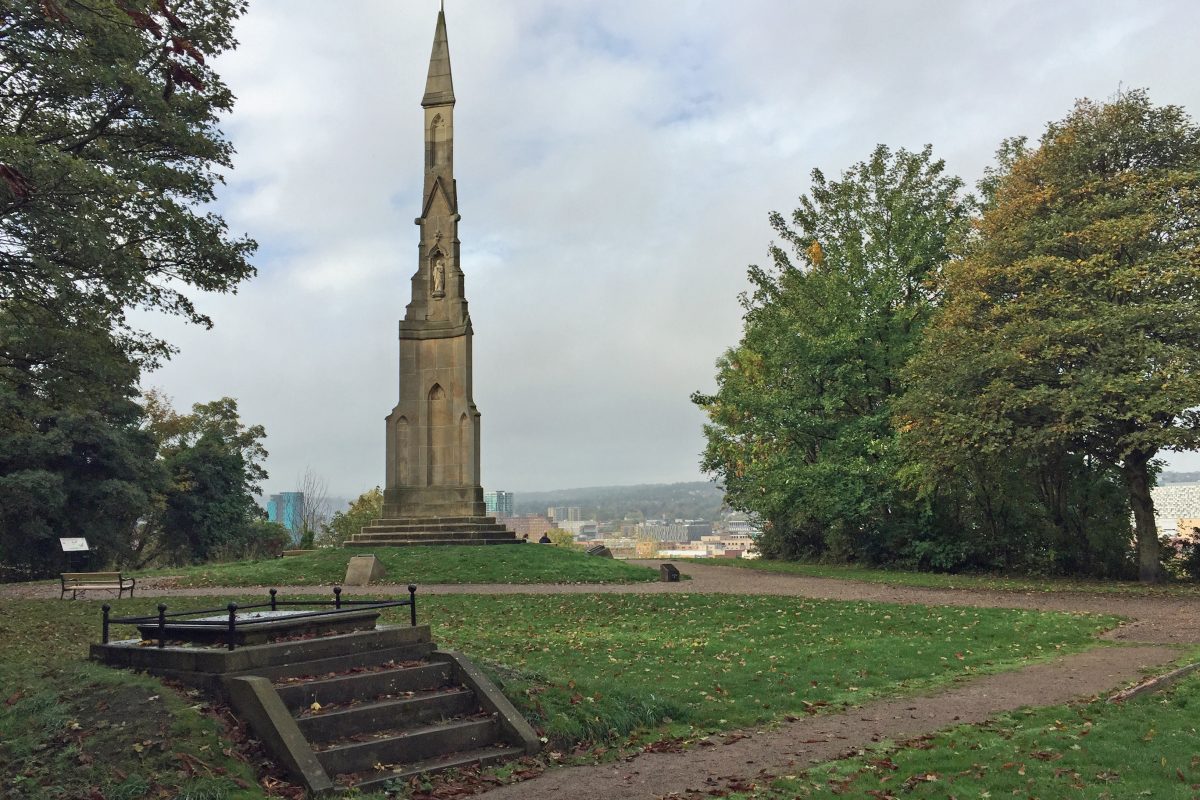In memory of the 168 cholera victims buried in this area in 19 unmarked public graves in 1849 and 1854. These 19 public graves were only used for cholera burials.
Cholera was one of the most feared diseases in the 19th century, arriving as it did every few years, and generally peaking in the late summer. When it did flare up, people died in large numbers, putting pressure on the authorities to provide an efficient system for multiple, daily burials.
The Cholera Monument in Norfolk Park commemorates the people who died in the first epidemic in 1832. The disease began in Sheffield in July and was not under control until November. Of the 1347 infected, 409 died, and 339 of those were hastily buried in the land given to the city by the Duke of Norfolk.
Most of the victims of the next significant outbreak, in September and October 1849, were buried in public graves in Sheffield General Cemetery, which had opened in 1836. A public grave was owned by the General Cemetery Company, allocated for the burial of unrelated individuals who did not have the means to buy a private burial plot. Although nationally the 1849 outbreak claimed far more victims than that of 1832, Sheffield escaped relatively lightly.
The Cemetery provided 19 new public graves dedicated to cholera victims. There were 103 cholera burials in the Cemetery in 1849, 93 of whom are in the 19 dedicated cholera graves. The third cholera outbreak occurred in September and October five years later in 1854. 82 cholera victims were buried in the Cemetery, 75 of these were interred in the 19 dedicated cholera graves.
The 168 cholera victims buried in the 19 unmarked cholera graves in this area have not been memorialised until now.

Cholera monument, Norfolk Park



